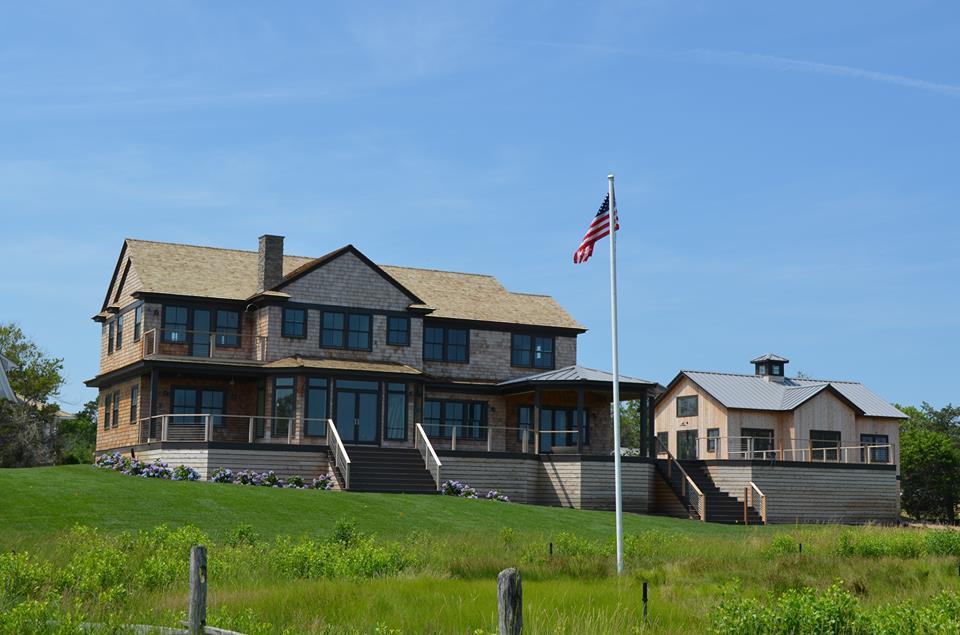
By Scott Huntington
With climate change cementing its hold on our planet, we are seeing stronger storms. The destruction these acts of nature bring is similar to that of a forest fire. The devastation is terrible, but in its wake it brings the potential for new growth. Cities that have faced these storms are taking whatever advantages they can, including rebuilding their homes to be greener and more environmentally friendly.
Hurricanes do come and destroy people’s lives. They also fill up landfills with the waste brought by their destruction. When you’re sifting through the wreckage of a home that once held your family, your hopes and your love, recycling is the last thing on your mind. Understandably, most of that wreckage goes to the dump.
It also makes sense that when the rebuilding happens, people make an effort to make things better. Wind and solar energy are both falling in price, and it looks like they will just continue to get cheaper. This is in opposition to natural gas. Currently, wind and natural gas are tied, but since gas will eventually start being shipped overseas, the prices will probably go up. Similar to traditional oil, natural gas is likely to be an unpredictable, volatile market.
The new, New Orleans
It only makes sense that when people started rebuilding New Orleans after Hurricane Katrina, they decided to go green. The Make It Right Foundation has pledged to build 150 new homes, all with a Platinum LEED certification – the highest sustainability certification available. The organization also put in some community gardens and a solar-powered playground. Its goal is to make the neighborhood it's working in a safe, sustainable place for generations.
This works to everyone’s advantage because not only is this kind of building good for the planet, but it also allows homeowners to cut costs. The foundation is working to rebuild the Lower Ninth Ward district, which was demolished by the hurricane. It’s slow going, and much of the neighborhood is still gone. Part of that is because this was one of the hardest-hit areas. There was standing water left in the town for weeks – in some places it was 12 feet deep. It was the last place to be pumped dry, and it’s the last place to be rebuilt.
It’s getting there, however. Plans for a new high school have been drafted, and some people are moving back in. With the help of the foundation, they should have an easier time affording gas to get to the grocery store – since there isn’t one in town yet.
Changing times
How people are building greener homes is always changing. Now, with the effort of having to rebuild after a storm, people are putting a greater emphasis on safety. Of course they have things like solar panels and counters made from recycled materials, but they also have to have different foundations and storm-ready garage doors.
Kim Erle was one of the first innovators to address these new safety concerns, while still making sure her home was built with green technology, after her original one was washed away during Hurricane Sandy in 2012. Her enterprise, the Sunset Green Home, is designed to be a jumping point for new development. It’s expected to encourage builders to make green homes a priority, and to plan for the worst while building them.
Part of what Erle had to do was bend to new protocols regarding what a safe coastal home looks like. She needed to have a higher foundation, since Sandy caused regulations that change the law. Homes must now be 12 feet above sea level, whereas before they only needed to be 5 feet higher. Because the house had to be so much higher, Erle made use of all that space and added a garage to the house.
A traditional garage isn’t very safe from flooding. A simple garage door doesn’t even keep rain out very well, let alone a flood. This is why she installed garage doors that can withstand powerful storms. Triple-layered insulation can withstand more pressure from debris, the material won’t rot, crack or warp like wood, and it has a battery backup, so it can work during a power outage.
Make a difference
In addition to working to make sure new homes are more secure against flooding, Erle also tries to spread the word about other green initiatives. Green buildings in New Orleans done by Global Green USA have also worked to bring life back into the Lower Ninth Ward. The devastation wrought by Hurricane Sandy also encouraged people to build new, green homes. The tornados that rip through the Midwest don’t bring the same kind of water damage, but they do bring the same opportunity to make a greener future.
No matter what your opinion is on climate change, doesn’t reducing waste sound like a good idea? It sounds great to pay less for a renewable resource. After all, we’re not going to run out of wind or sun for the next 500 million years, so it can’t hurt to tap into it. Everything else will disappear. Homes and lives might not survive all the storms Mother Nature can throw at us, but at least we can leave a better world for future generations.
Image credits: 1) Flickr/DVIDSHUB 2) Sunset Green Home via Facebook
Scott Huntington is a writer and blogger. Follow him on Twitter @SMHuntington.
TriplePundit has published articles from over 1000 contributors. If you'd like to be a guest author, please get in touch!














